|
You first notice discoloration on the ceiling in your kitchen. Maybe it’s just grease or condensation. You try to clean it off and notice it feels wet to the touch. Oh no! Your roof is leaking! Or maybe not. How is one to know?
For any household leak, keep in mind water flows down from the highest point, so the first step in the investigation is to check the space above the leak. If that’s your attic, inspect it during daylight so if there are any holes or cracks in your roof, you can see sunlight peeking through them. Also, bring a flashlight so you can see well enough to detect moisture above your problem spot, both in the attic ceiling and along the floor. Finally, look for pipes running above or near the leaky area. Inspect them to see if they are wet to the touch or the area around them is wet. Plumbing Leak? It is possible the problem is not your roof; it could be a pipe that has come loose, lost its seal, or is cracked. Pipe leaks don’t happen just in the attic. For example, if there is a bathroom above the leak stain, your toilet could be leaking, or the drain in the bathtub may not be sealed tight. Gutter Overflow? If you don’t find any obvious signs in the attic, observe whether the discolored area on your ceiling dries. Then, when it rains, check to see if it is wet to the touch again. This could indicate your gutters are clogged or leaking, which can spill over water into your walls and ceiling. Standing and overflowing water rots the wooden fascia the gutters are installed on, which creates leaks and even mold in your home. To check for cracks in your gutters, besides the visually obvious, look for streaks or stains on your siding behind and under the gutters, or if your house is painted, look for peeling paint in the same area. Roof Top? If you still need clarification on your persistent leaky spot, the top of your roof needs to be inspected for missing or loose shingles, air vents that have come loose, or improperly sealed flashing around the chimney or ventilation pipes. If you have ruled out a plumbing issue, have found your gutters have created roof rot, or would like a professional roof inspection, contact Town Corners Roofing and Exteriors to solve the leaky spot mystery and stop it! Are you wondering what’s causing your roof shingles to crumble? What does reparation entail?
This guide covers the ins and outs of roof rot: how it forms, how to recognize it, and how to repair it. Don’t wait! The longer your roof decays, the greater the danger to the residents of your home. Stop the Spread Early Roof rot threatens your safety. Mold can cause severe illness. In addition, roof rot compromises your house’s structural integrity. If you don’t stop the rot early, you’ll have to replace your roofing system, and worse, it may collapse. So, a yearly roof inspection is essential! Additionally, roof rot significantly decreases the curb appeal of your home. The ugly fungi on your roof will turn buyers away if you're trying to sell your house. Roof Rot Development Roof rot develops slowly and progressively. It starts with fungi that can only grow in moist, warm environments, like the wet, coated wood on your roof. The most common causes of the spread are improper ventilation, condensation accompanied by heat, and humidity in the attic. The Warning Signs Roof decay appears as “dry rot” or “wet rot.” Dry rot looks dryer and crumblier than wet rot. If you suspect deterioration, these are some more signs that it’s there:
Roof Rot Reparation Roof rot reparation is a complicated process. It’s risky to tackle independently because the damage will continue if you miss any mold. So, if you’re looking for that information, the process goes like this:
These kinds of repairs are not for the novice; they can be dangerous and cause more damage to your home than you intended. You will save a lot more time and money if you contact a roofer like Town Corners Roofing and Exteriors to do a professional roof inspection to diagnose and fix the problem. Piecemealing repairs to a problem like roof rot will not solve the root cause and only make it bigger. Picture it: a beautiful roof and a safe home. Get rid of that roof rot today! Not another ceiling leak! Inconveniences like these signal that there will be more to come, but you can avoid the dangers and costs. Read on to know when to repair your roof and when to replace it. Why It CAN’T Wait So you run into a few roofing issues. Immediate repair or replacement is a luxury, right? Wrong. The expense will be a lot higher after dealing with emergencies as they come. These consequences include:
The rule of thumb is to inspect your roof at least twice a year. Its longevity varies by type of shingle. We primarily work with asphalt and metal at Town Corners Roofing and Exteriors. Upon safely inspecting your roof in good weather, here are the signals that your roof needs fixing:
It is time to get a new roof if you find:
Asphalt Asphalt is the most common medium for shingles. Its average lifespan is 15-25 years. Asphalt roofs need fixing upon hail damage, sagging sections, chipping, curling, sand granules, and substantial cracks. Metal Metal roofs typically last longer: 30-50 years. However, a replacement could be necessary if you notice peeling paint, significant discoloration, extreme rust, sagging sections, or leaks that don’t respond to simple repairs. These cases do require repair. A simple repair includes repairing or replacing tiles, fixing flashings, patching leaks, and filling cracks. The thicker shingle will last longer. At Town Corners Roofing and Exteriors we use CertainTeed Landmark Series shingles, a high-quality and beautiful product. So as long as you inspect your roof bi-annually, repair it upon warning signs, and replace it before its warranty, you’ll skip out on significant damage to your home. Town Corners Roofing and Exteriors serves West Michigan with complete roofing services, so feel safe about the roof over your head. A professional roofer can distinguish between the urgency of repair and replacement. So don’t wait, request your FREE roof inspection today! |
<--- BACK TO HOMEMORE ROOFING NEWSArchives
June 2024
|

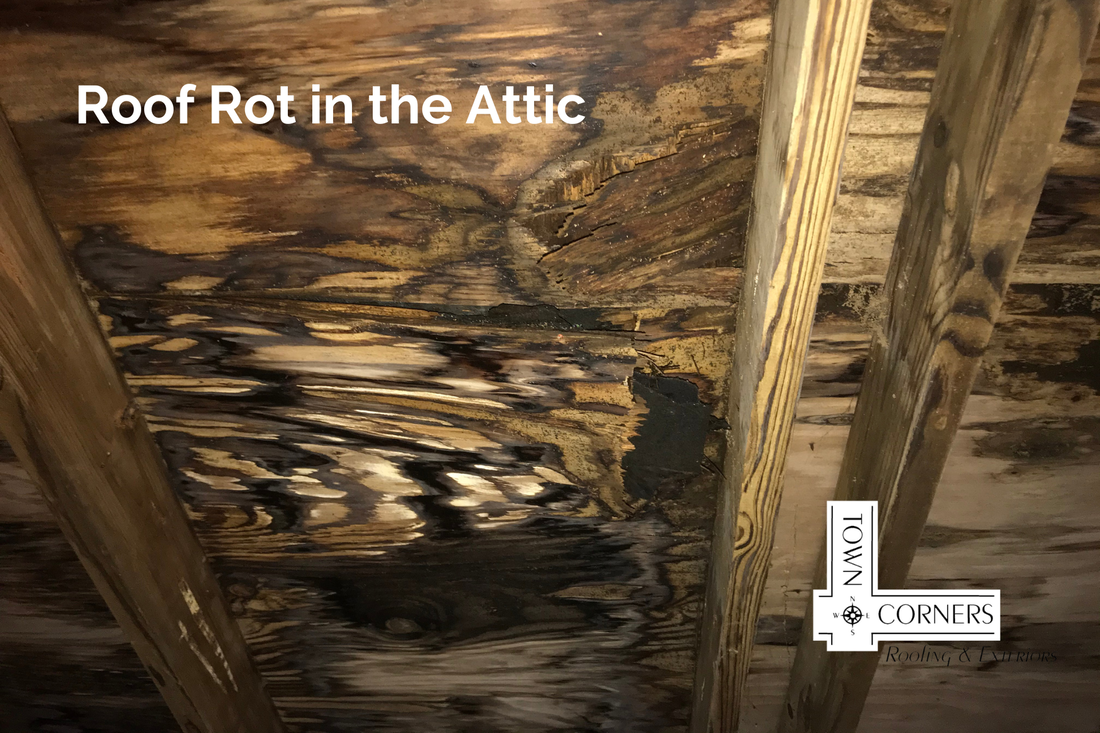
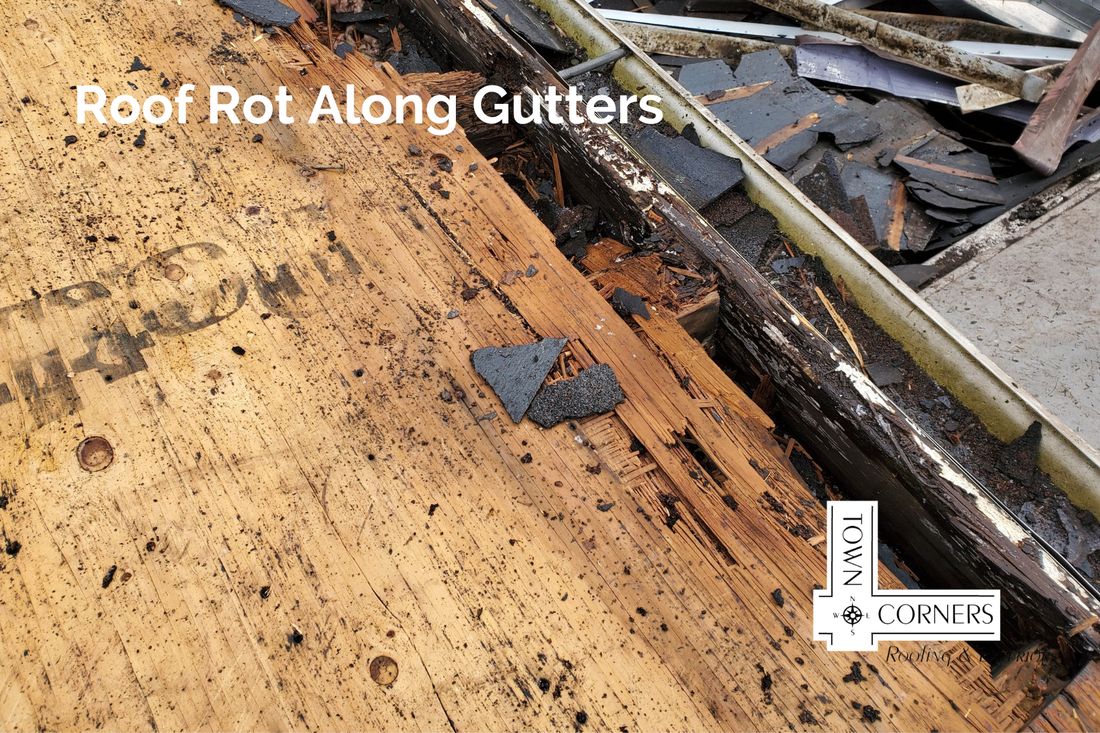
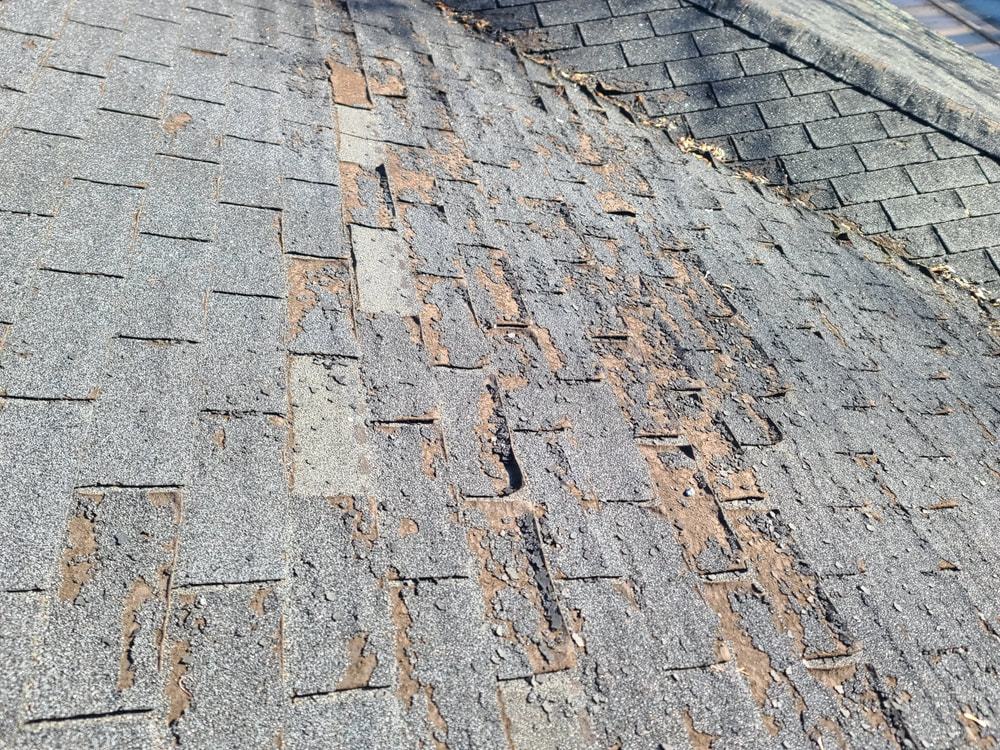
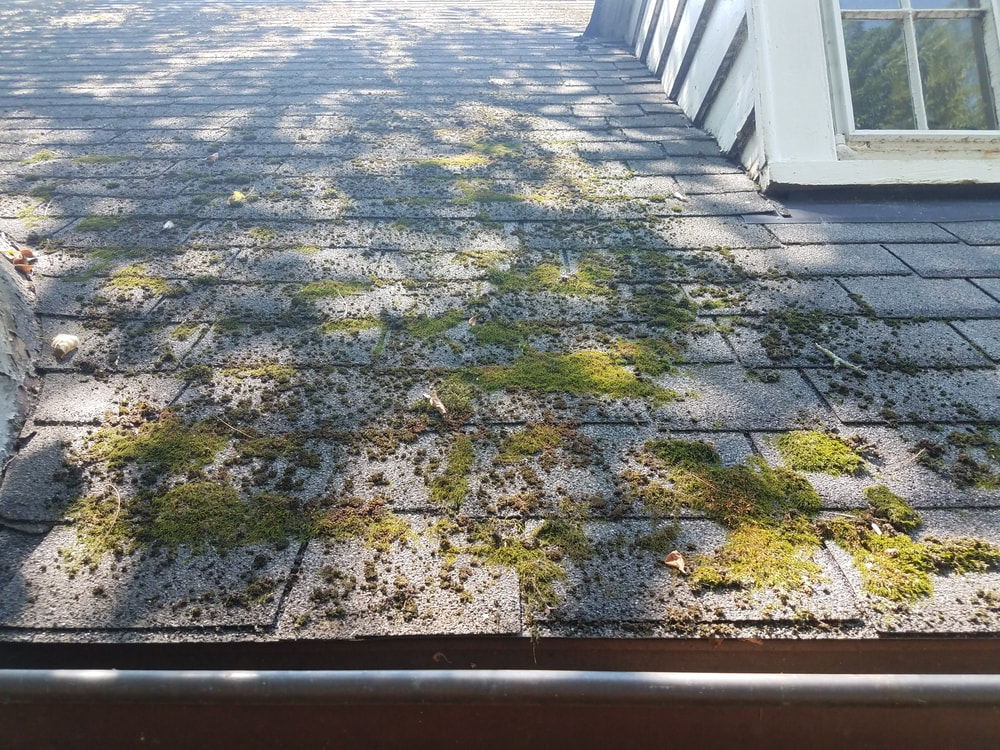
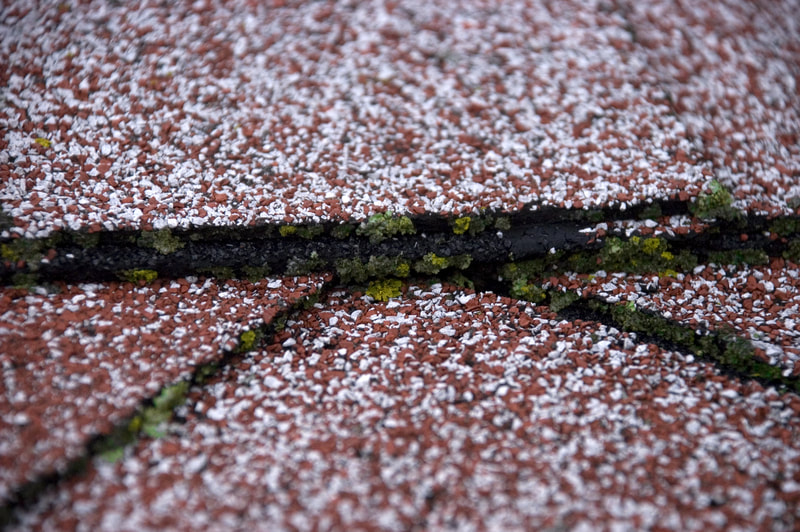
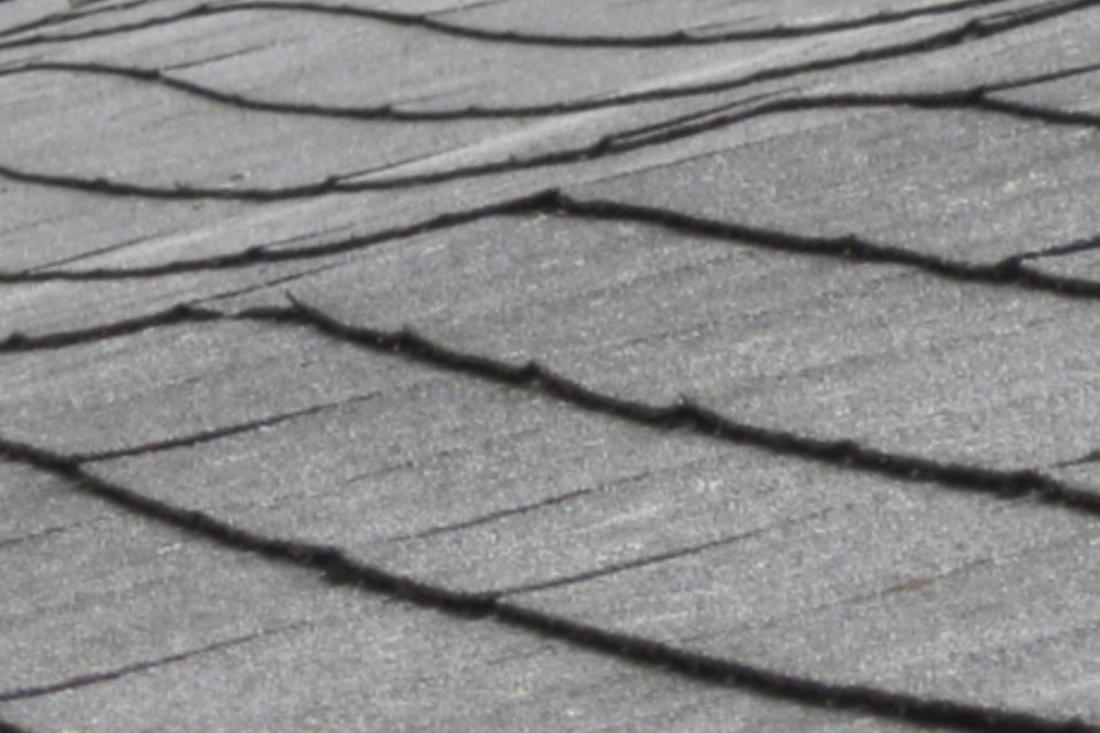

 RSS Feed
RSS Feed
